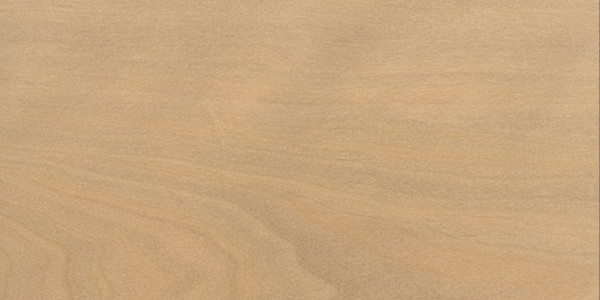Types of timber wood exports
zAPATERO
Peltogyne spp.
Pinus caribaea
Zapatero, Amarante
Caribbean Pine
CAESALPINIACEAE
Pinaceae
Color/Appearance: When freshly cut, Zapatero wood is a dull grayish brown. Upon exposure, the wood turns a deeper aubergine purple. With increased age and exposure to UV light, the wood turns a dark brown with a hint of purple. This color change can be slowed down and minimized by using a UVinhibiting finish on the wood. Grain/Texture: The grain is generally straight, but can also be wavy or irregular. It has a medium texture with good natural shine.
Weather Resistance: Cobbler is rated as very durable, resisting both decay and most insect attacks, although it has been reported to be susceptible to attacks by marine borers.
Workability: Working with Cobbler can present some unique challenges: if the wood is heated with dull tools, or if cutting speeds are too high, Cobbler exudes a gummy resin that can clog tools and complicate the sawing process.
COMMON USES
Flooring, furniture, shipbuilding, heavy construction, and a variety of specialty wood items.

PHYSICAL PROPERTIES
Distribution: Central and South America (from Mexico to southern Brazil)
Tree size: 100-170 feet (30-50 m) tall, 3-5 feet (1-1.5 m) trunk diameter
Average dry weight: 56 lbs/ft3 (905 kg/m3)
Specific Gravity (Basic, 12% MC): .76, .90
Janka Hardness: 2,520 lbf (11,190 N)
Modulus of Rupture: 22,000 lbf/in2 (151.7 MPa)
Elastic modulus: 2,937,000 lbf/in2 (20.26 GPa)
Compressive Strength: 12,140 lbf/in2 (83.7 MPa)
Shrinkage: Radial: 3.8%, Tangential: 6.4%,
Volume: 10.6%, T/R Ratio: 1.7
WORKABILITY
Sawed. It produces edge wear due to its hardness.
Drying. The drying speed is slow. It presents risks of deformations and cracks appearing. Round lumber is usually cut in half before stacking.
Brushed. It produces edge wear due to its hardness.
Glued. No problem.
Nailed and Screwed. Requires pre-drilling.
Finish. No problem.
Shoemaker wood has good aptitudes for obtaining veneer by flat cutting.

